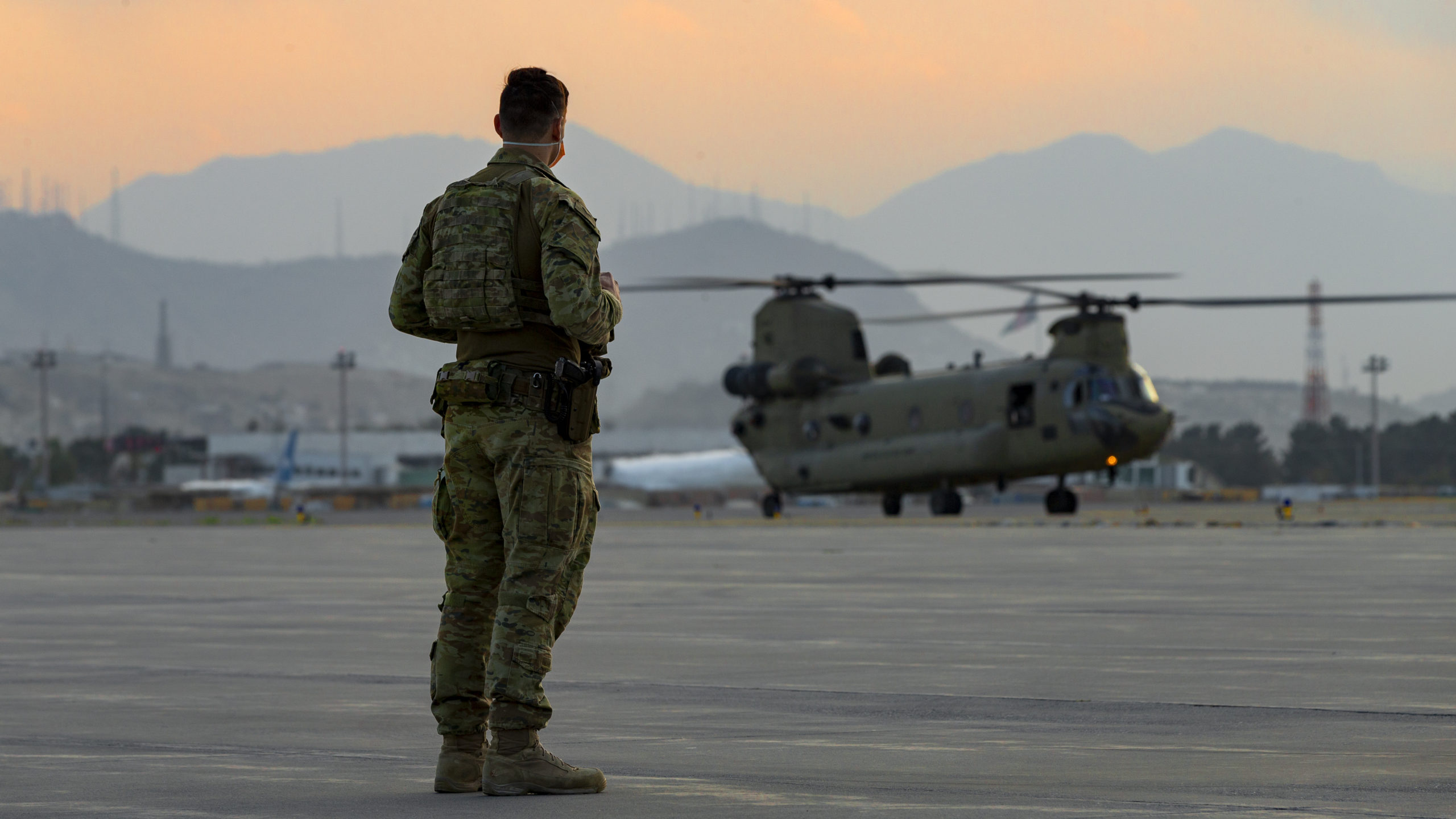2020 saw increased operational demands for some members of the part time Army. Members were deployed on Operation BUSHFIRE ASSIST, with little notice, before again being called upon to serve on Operation COVID-19 ASSIST (which still persists).
Against the backdrop of an operationally busy year, members were still required to maintain individual training outcomes while enduring the same challenges of the rest of Australia: loss of employment, lockdowns, and travel and leisure restrictions. Fatigue management is a topic of discussion.
I recently read the book, Dare to Lead, by New York Times bestselling author Brené Brown and this has challenged my thinking on managing fatigue versus managing loneliness.
In this book Brene Brown shares the anecdote of a former client of hers, US Air Force Colonel (COL) DeDe Halfhill. While Commander of the 2nd Mission Support Group at Barksdale Air Force Base, Louisiana, COL Halfhill was presenting an award during a squadron event. COL Halfill explains:
“At the end of the presentation, I asked if anyone had any questions. A young airman raised his hand and asked, “Ma’am, when is the ops tempo [the pace of current operations] going to slow down, because we are really tired?”
While her initial response was to acknowledge that she understood her people were tired, she took a moment to digress and ask the squadron another question:
“If I were to ask you, instead of who’s tired, who’s lonely? How many of you would raise your hand?… because [sometimes], that’s what happens, right? When we’re lonely, we just feel lethargic. We don’t really want to do anything: we think we’re tired and we just want to sleep.”
“At least fifteen people raised their hand… I thought maybe one person would raise a hand. But when fifteen people raised their hands, I was shocked.”
COL Hafhill goes on to describe how she first learned about the connection between loneliness and fatigue management in an article from the Harvard Business Review. That article, “Burnout at Work Isn’t Just About Exhaustion. It’s Also About Loneliness” explains that 50% of people are “often or always” exhausted due to work.
Additionally, when researchers were sent into organisations that were reporting high levels of exhaustion in the hope of uncovering why– they found it was loneliness, not an increased workload, that was the main culprit. The findings built upon a previous 2012 report which found almost half of leaders have previously reported feelings of loneliness, and 61% of those experiencing loneliness said it was having a negative impact upon their work.
These findings are particularly pertinent to Army. Defence has a wide range of generous leave policies, providing managers with a plethora of mechanisms to support members who are tired. When our people are exhausted, we send them home for an early knock off or a long weekend. We assume they need some rest.
But if what’s really going on is that our people are lonely or disengaged- particularly after having endured the long challenge of living with COVID- then sending our people off to be by themselves could possibly exacerbate the very problem we are so desperately trying to combat.
In addition to generous leave policies, what other ways are there to re-energise people?
A November 2020 report from consultancy McKinsey & Company attempted to answer this question by suggesting ways to reenergise employees experiencing what it called ‘pandemic fatigue’. It listed cultivating high-quality employee relationships, and demonstrating a team culture of resilience, as key to re-energising organisations during the COVID-19 crisis.
Army is very good at these two things already– mateship and team resilience are part of espirit de corps, which makes people want to be at work and binds them with their team through activities such as morning group PT, mess culture and shared adversity.
Studies from Stanford researchers have shown feeling socially connected translates into improved mental health and also higher productivity and performance. This is because when we trust, empathise and cooperate with those around us, they in turn want to trust and cooperate with us. This creates a positive feedback loop that improves the cohesion and effectiveness of our teams.
It’s not just academics who believe in the power of positive relationships. Army highlights that ‘people’ are our most important asset. In his Command Statement, which was updated and re-released in October 2020, ‘people’ are the first of our Chief of Army’s ‘Five Ps’. In his words, “build[ing] trust and foster[ing] people-to-people links” creates an Army that is both ready now and future ready”. Caring about soldier fatigue is therefore a question of current and future readiness and capability.
Fatigue management is a more complicated issue than merely granting members a long weekend or an early knock off. It requires command teams to be closely in tune with their individual personnel and their wider team culture; while actively working to foster environments where relationships of trust, support and team resilience are consistently built.
About the author: Lieutenant Brody Hannan is the Adjutant of the 4th/3rd Battalion, the Royal New South Wales Regiment. Views expressed are his own.
Cover Image Credit: CPL Tristan Kennedy, Defence Image Gallery

